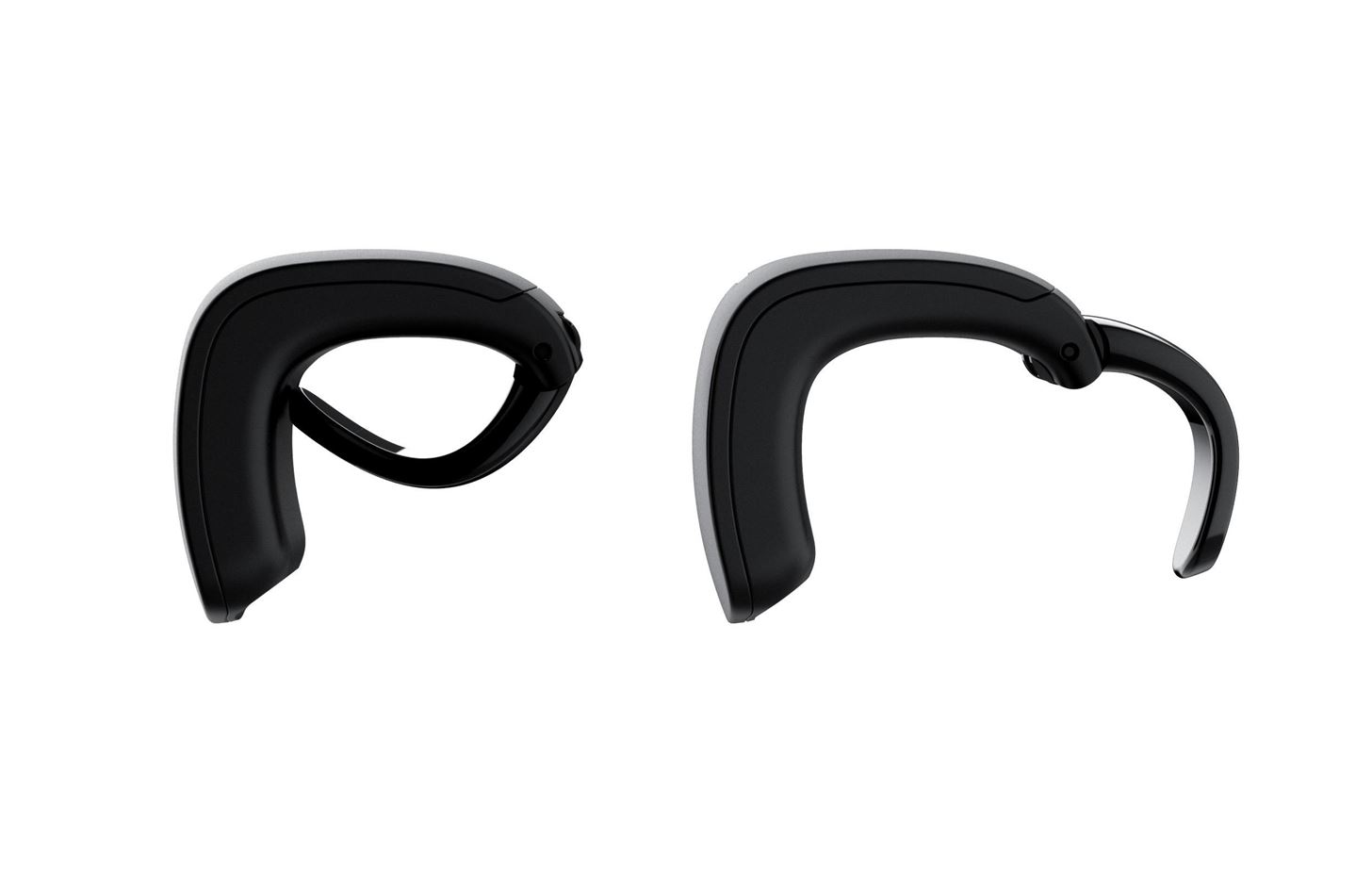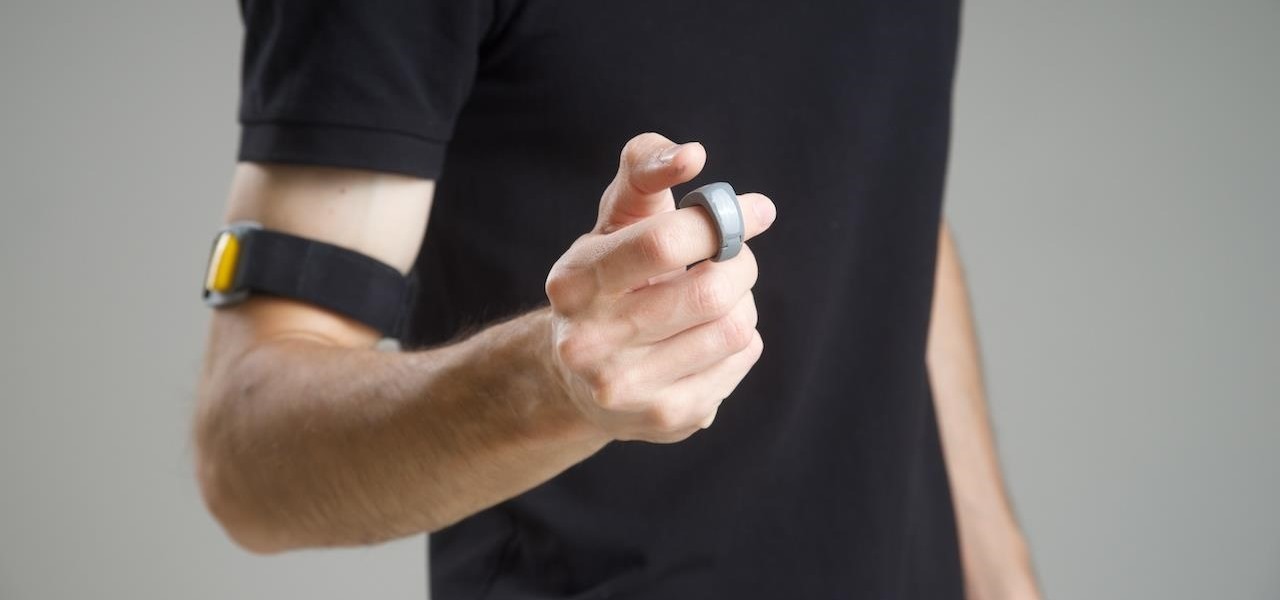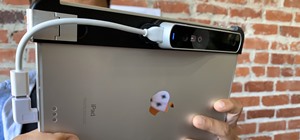High-end augmented reality devices like the HoloLens and the Magic Leap 1, as well as the Ultraleap motion tracking modules, have demonstrated robust hand-tracking capabilities. However, many AR wearables (including Magic Leap) still rely on handheld controllers for interactions in AR space.
Now, one maker of handheld controllers has reduced the size of its latest peripheral down to the size of a finger.
- Don't Miss: Nreal Light Intros Nebula for Augmented Reality Interfaces on Android Apps, AR Cloud & 6DoF Controllers
On Monday, at Mobile World Congress Shanghai, AR hardware and software maker Finch Technologies unveiled FinchRing, a wearable controller that enables gesture controls and hand tracking (3DoF and 6DoF) for AR headsets and can serve as a mouse with desktops.

The first AR wearable maker to integrate the peripheral is Nreal, which already supports other Finch 6DoF controllers via the Nebula operating system for the Nreal Light.
One huge differentiator for the FinchRing compared to other handheld controllers, or even camera-based hand tracking, is that it works outside of field-of-view constraints. For example, in a virtual baseball game, the FinchRing can track players' arm movements as they wind up to throw a ball. The device is also capable of venturing outdoors, whereas some other controllers are limited to indoor play.

"Natural 360-degree movement in mixed reality has been one of the major challenges holding back the mainstream XR market and is something developers and consumers alike have been waiting for," said Gary Yamamoto, CEO of Finch Technologies, in a statement. "At Finch, we combine the best proprietary 3D tracking technology, devices, and software solutions to create natural user interactions for mixed reality, with no break in action or motion, so the promise of mixed reality for both consumers and enterprise can be fully realized. We can't wait to see what developers create with our hands-free FinchRing controller."
The one-size-fits-all FinchRing measures 3 to 5 mm thick and 13 mm wide and weighs 18 grams. It packs a six-axis sensor as its inertial measurement unit (IMU) for spatial tracking, a touchpad and force sensor for user input, and a haptic engine, which is capable of customizable vibration patterns. Its battery can sustain four hours of active usage and charges up to 80% in 20 minutes.

Along with the FinchRing comes an arm-mounted FinchTracker, which works in concert with the FinchRing to facilitate 6DoF tracking, as well as a charging case. Price and availability were not available as of this writing, but those interested keep an eye on the Finch website for updates.
Although on-headset sensor-based hand tracking is the preferred method for advanced AR interactions, a wearable controller like FinchRing seems like a satisfactory middle ground, particularly for slimmed-down smartglasses that perhaps do not include the full array of sensors that a headset like HoloLens carries.
Just updated your iPhone? You'll find new features for Podcasts, News, Books, and TV, as well as important security improvements and fresh wallpapers. Find out what's new and changed on your iPhone with the iOS 17.5 update.























Be the First to Comment
Share Your Thoughts